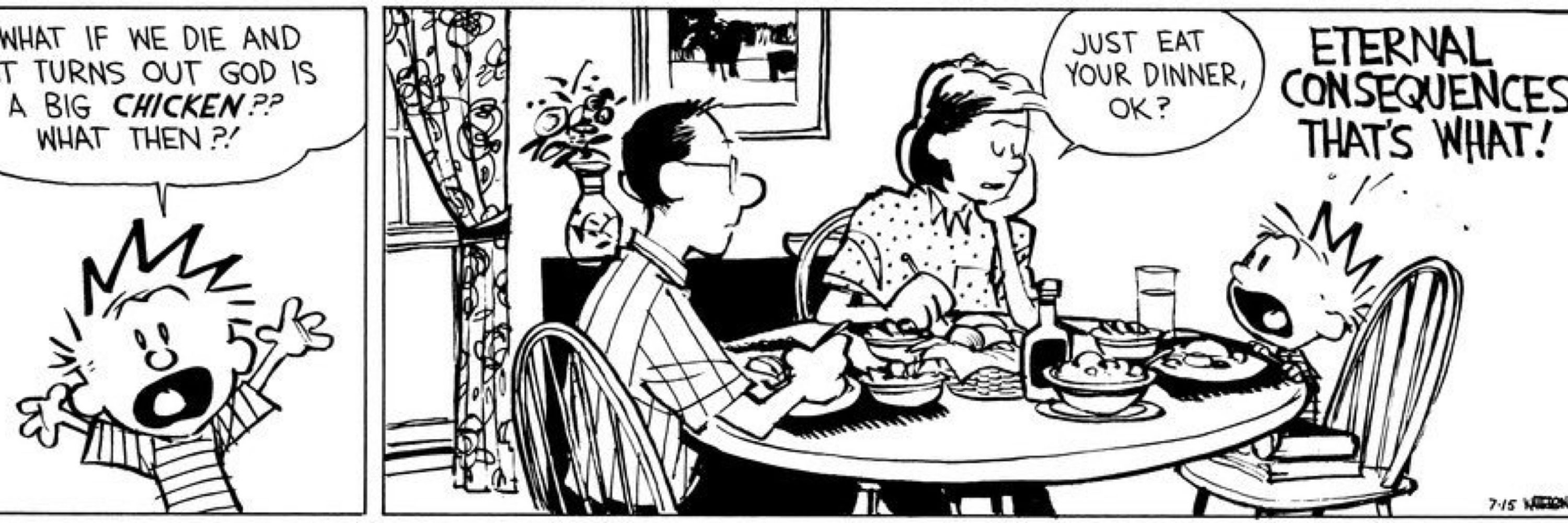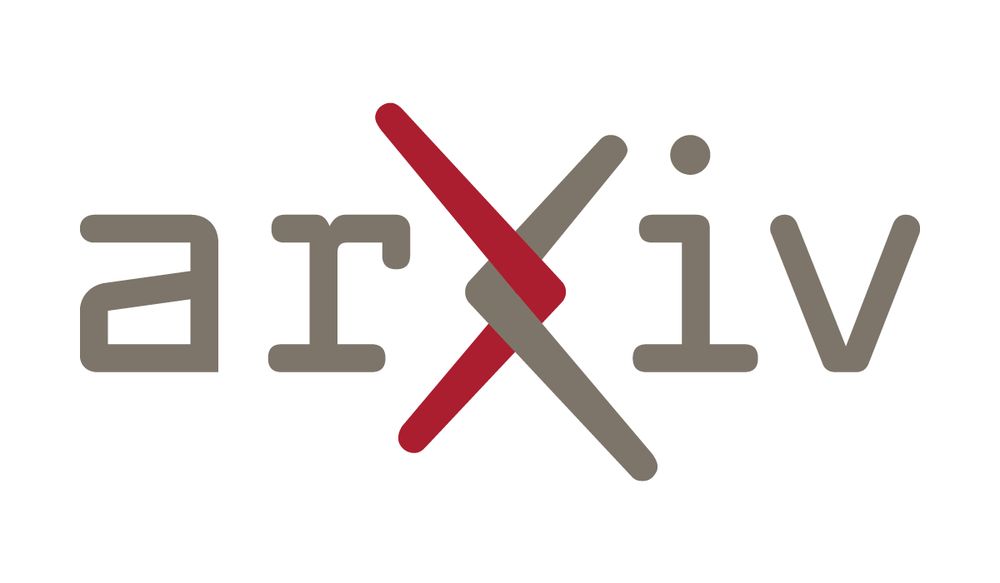
https://kaysonfakhar.com
The second Italian Conference on Computational Social Science is coming: follow @cs2italy.bsky.social for updates and visit our website cs2italy.org for details.
🚨 Abstract submission deadline: January 15, 2026

The second Italian Conference on Computational Social Science is coming: follow @cs2italy.bsky.social for updates and visit our website cs2italy.org for details.
🚨 Abstract submission deadline: January 15, 2026
We found that having control over pain makes expectations more precise, and changes pain perception. This is accompanied by activation changes in the PAG, SMA and ACC.
You can read the full version of the paper here: rdcu.be/eQy6X

We found that having control over pain makes expectations more precise, and changes pain perception. This is accompanied by activation changes in the PAG, SMA and ACC.
You can read the full version of the paper here: rdcu.be/eQy6X

"We find that withholding proposal texts from panelists did not
detectibly impact their proposal rankings."
link.springer.com/article/10.1...

"We find that withholding proposal texts from panelists did not
detectibly impact their proposal rankings."
link.springer.com/article/10.1...
arxiv.org/abs/2511.17247

arxiv.org/abs/2511.17247
The papers are cited well but the general multiplexing idea never really took the field by storm as much as it deserved
www.nature.com/articles/nrn...
The papers are cited well but the general multiplexing idea never really took the field by storm as much as it deserved
www.nature.com/articles/nrn...

www.sciencedirect.com/science/arti...
#ComplexSystems #NetworkScience #Medicine #MedSky 🧪🧬🌐
🧵 1/

www.sciencedirect.com/science/arti...
#ComplexSystems #NetworkScience #Medicine #MedSky 🧪🧬🌐
🧵 1/
doi.org/10.1016/j.co...
doi.org/10.1016/j.co...
Heather J. Ferguson, Victoria E. A. Brunsdon & Elisabeth E. F. Bradford
www.nature.com/articles/s41...

Heather J. Ferguson, Victoria E. A. Brunsdon & Elisabeth E. F. Bradford
www.nature.com/articles/s41...
Let me share what I see. I'd love to hear your thoughts as well.
Let's start with the semantic map /1
www.thetransmitter.org/state-of-neu...

Let me share what I see. I'd love to hear your thoughts as well.
Let's start with the semantic map /1
www.thetransmitter.org/state-of-neu...
A hierarchical framework for cortical and subcortical gray-matter parcellation across rodents, primates, and humans | bioRxiv www.biorxiv.org/content/10.1...

A hierarchical framework for cortical and subcortical gray-matter parcellation across rodents, primates, and humans | bioRxiv www.biorxiv.org/content/10.1...
Deadline for abstracts: 19 December
Conference dates: 18–21 May 2026
Location: Harnack House, Berlin
Register via this page👇
sensesinmotion.org
#neuroskyence #neurosky

Deadline for abstracts: 19 December
Conference dates: 18–21 May 2026
Location: Harnack House, Berlin
Register via this page👇
sensesinmotion.org
#neuroskyence #neurosky
www.youtube.com/playlist?lis...

www.youtube.com/playlist?lis...

Via Decision Formation Through Multi-Area Population Dynamics
Excellent short review.
doi.org/10.1523/JNEU...
#neuroskyence

Via Decision Formation Through Multi-Area Population Dynamics
Excellent short review.
doi.org/10.1523/JNEU...
#neuroskyence
"The topology of synergy: Linking topological and information-theoretic approaches to higher-order interactions in complex systems"
1/N
journals.plos.org/ploscompbiol...

"The topology of synergy: Linking topological and information-theoretic approaches to higher-order interactions in complex systems"
1/N
journals.plos.org/ploscompbiol...
www.mrc-cbu.cam.ac.uk/events/cogne...

www.mrc-cbu.cam.ac.uk/events/cogne...
open.spotify.com/album/3wtNe4...

open.spotify.com/album/3wtNe4...
Follow the link below to meet the first confirmed speakers. More to come!
👉 bernstein-network.de/bernstein-co...
#BernsteinNetwork #CompNeuro

Follow the link below to meet the first confirmed speakers. More to come!
👉 bernstein-network.de/bernstein-co...
#BernsteinNetwork #CompNeuro
@jordiplam.bsky.social shows how it follows a least action principle,letting physics do the job arxiv.org/pdf/2511.08531
@drmichaellevin.bsky.social @docteur-drey.bsky.social

@jordiplam.bsky.social shows how it follows a least action principle,letting physics do the job arxiv.org/pdf/2511.08531
@drmichaellevin.bsky.social @docteur-drey.bsky.social


